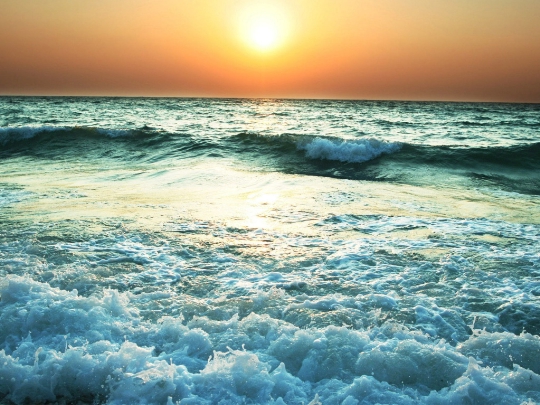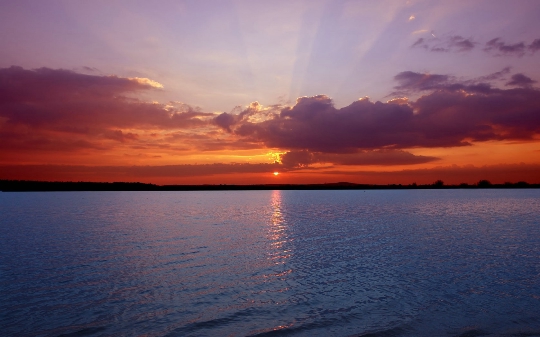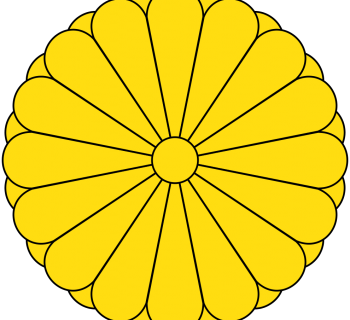Moluccan sea

In the Pacific Ocean, between the islands of Sula, Sangihe, Sulawesi, Talound, Mindanao, Moluccas, there is the Moluccan Sea. It covers an area of about 290 thousand km. sq. The maximum depth is 4180 m. The southern part of the reservoir is bordered by the Banda and Seram seas. It is connected with the Philippine Sea by the Badungdua Strait. To the west is the large Tomini Bay.
Geographic features
The Moluccan Sea has a difficult topography. In it, seven significant depressions were discovered at once, separated by underwater ridges. There are many large and active volcanoes in the water area, as well as coral formations. The name of this sea comes from the Arabic word «maluku», what does it mean in translation «land of kings». The reservoir is very poorly studied. Researchers are faced with many obstacles, as the bottom of the sea has drops - mountains and depressions. The seabed in this region is one of the most seismically dangerous on the planet. In this area, two continents and four geological plates converge. There are many islands of volcanic origin in the sea. The Moluccan Archipelago includes 1,027 islands.
A map of the Moluccan Sea allows you to see the largest island in the water area - Halmahera, which is poorly populated. More developed are the Sangikhe-Talaud archipelago and the small island of Ternate. Over the past 500 years, volcanoes and earthquakes have erupted more than 70 times in the Moluccan Sea region.
Stratovolcanoes include the largest volcano Gamalama, located on the island of Ternate. It reaches a height of 1715 m. The last time it erupted was in 1994. The volcano is still active today, so it is under the constant control of Indonesian seismologists. The basin of the reservoir is conventionally divided into three areas. A ridge runs along the central part, which passes in the north to the islands of Miangas and Talound. In the center of the water area are the small islands of Tifore and Maya.
Climate in the Moluccan Sea region
A humid equatorial climate prevails in the sea area. It is always hot here, temperature fluctuations are practically not observed. Summer on the coast of the Moluccan Sea dominates the whole year. The conditions are ideal for growing spices all year round. Therefore, agricultural land occupies a significant part of the territory of the Moluccas. There are nutmeg and clove trees. The sea water has an average annual temperature of about +27 degrees. Its salinity is 34 ppm. Air humidity is 89%. About 4000 mm of precipitation falls here annually. The Moluccan Sea is hit by monsoons.
Significance of the sea
From time immemorial, the deep Moluccan Sea has been an attractive destination for sailors. The tropical reservoir is surrounded by volcanoes that continue to spew lava. Despite the natural hazards, the beauty of the seascapes attracts travelers. The coast of the Moluccan Sea is covered with white sand, which gives the water an unusual hue. Today the Moluccas are densely populated with people. Active development of territories negatively affects the state of the unique flora and fauna of the islands. In order to save rare animals and plants on the islands, national parks were opened.



